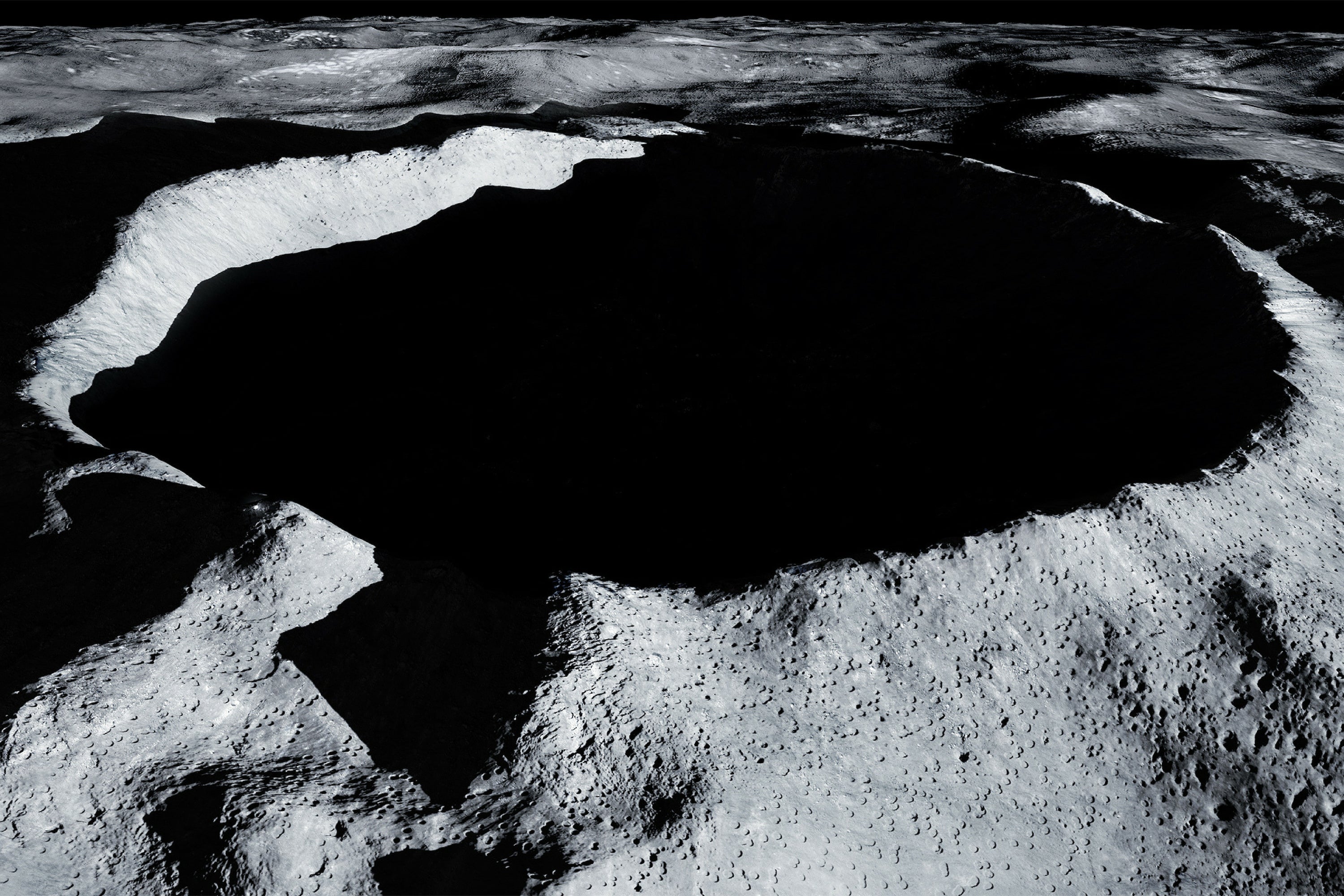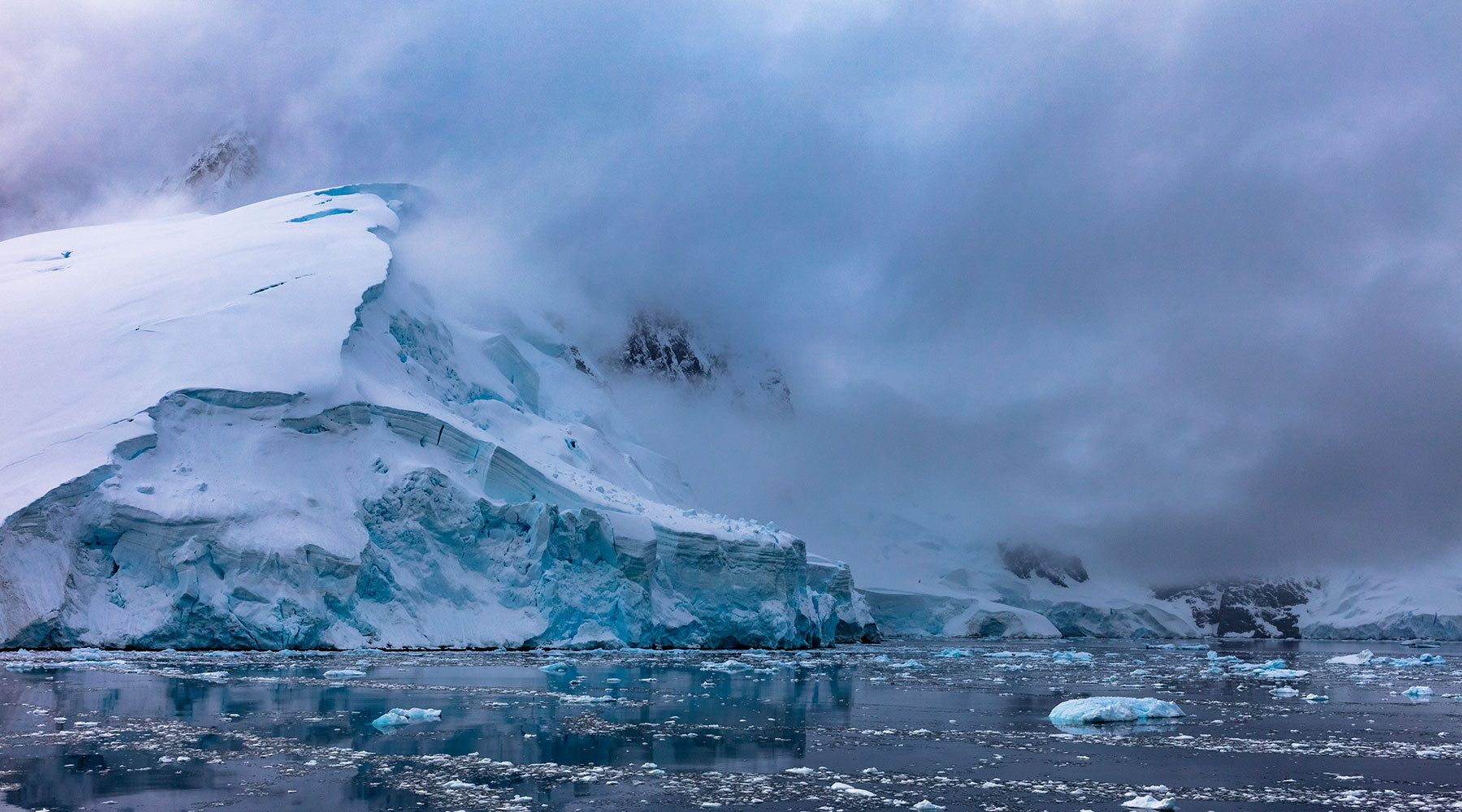
Could this crater fuel space exploration?
A vast crater at the southern point of the moon is believed to contain billions of tons of water ice - if mined it could be used to fuel exploration into new realms.
Ernest Shackleton's 1914-17 Endurance Expedition speaks volumes about the man as a legend of polar exploration. Leading a team of 28 into the utter-unknown, having everything that could go wrong go very wrong, and braving the most brutal elements and hardships for nearly two years without connection to the rest of the world. Against all the odds, he crossed ice, roaring oceans and formidable mountains with the barest survival essentials and saved the lives of all 28 of the crew.
Growing up in a family of risk-takers and adventurers, there were only a few characters we would call legendary, and at the top of the list was Ernest Shackleton.
A century on, with the South Pole no longer a complete unknown and with technology and communications infinitely advanced, Shackleton’s achievements require some historical context and imagination. His were truly different times.
However, as I discovered to my delight a few years ago, Shackleton’s legend is set to be re-launched in the 21st-century. When researching a documentary series I produced in collaboration with NASA about future space travel, I came across a current-day deep cave explorer called Bill Stone who, unsurprisingly, cites Ernest Shackleton as his key inspiration. Stone told me that at the south pole of the moon is a vast crater that contains billions of tons of water ice.
Stone has made it his life’s work to promote a single mission: to mine this water ice for use as life support for space travellers, and, crucially, to produce liquid hydrogen and oxygen rocket propellant. To fly a litre of such fluid from the earth into orbit costs about $10,000, but to float it from the moon to a fuel depot in earth orbit would cost a tiny fraction of that, and thus expand our reach in space infinitely.
The amount of energy required to escape gravity to get from earth to earth orbit is the same amount required to get from earth orbit to the other side of the universe. Lunar ice will be the key. And the crater it’s sitting in at the moon’s south pole is called Shackleton – the name was assigned by the International Astronomical Union in 1994 when a team of amateur astronomers filled in lunar incognita sections of the lunar south pole not captured by previous probes.
Bill Stone has developed many technologies and connections required to make his lunar vision a reality. When he began his project a few years ago, many in the space community were too taken aback to grasp his plan, but that is changing fast, with numerous outfits developing ways to approach the project.
No matter how it is done, the mission to collect the moon’s ice will require a daring adventurer of Shackleton’s spirit, prepared to scale and set up camp in a daunting place that also bears his name. No one person better sums up the spirit of pure exploration, bravery and calmness under pressure. How fitting, then, that the future of raw exploration outside our current frontiers is most likely to be fuelled by Shackleton Crater. His legacy lives on.

